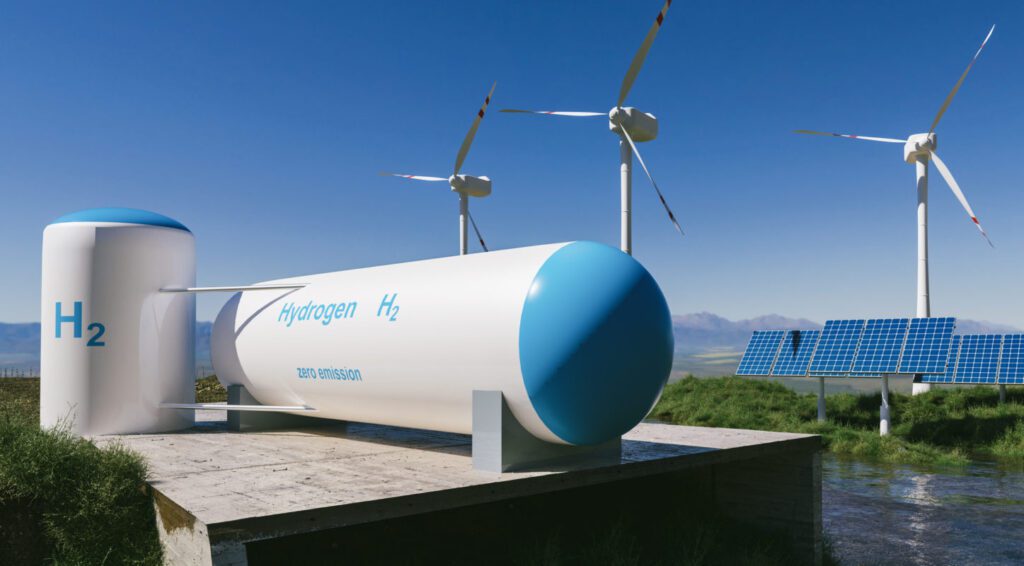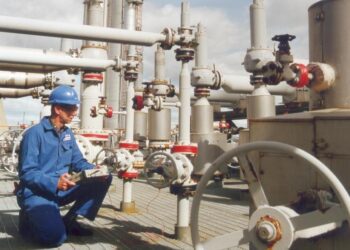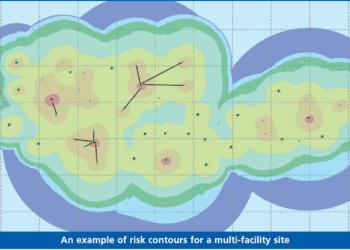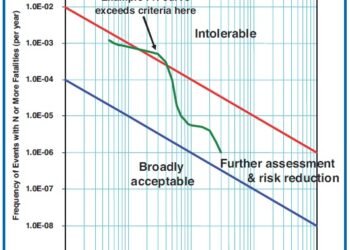Hydrogen Releases: The limitations of consequence modelling tools
Current consequence modelling of hydrogen releases is typically undertaken using tools based on research, experimentation and validation of hydrocarbon releases. There are limited experimental data available for hydrogen, meaning that results can be uncertain. So what are the main modelling limitations to be aware of?

© Shutterstock
“All models are wrong, but some are useful”. Coined by the statistician George Box, this aphorism is just as true in consequence modelling as it is in statistics. The energy industry has developed a host of tools that model the physical effects of hydrocarbons and rely either on empirical correlations or solving Computational Fluid Dynamics (CFD) numerical equations. Owing to the lack of a hydrogen-specific tool capable of addressing the full range of modelling requirements (without resorting to CFD), a number of hydrocarbon-based software tools are currently utilised for hydrogen consequence modelling. Given that hydrogen behaves differently to the majority of hydrocarbons upon release, uncertainties in modelling parameters within these tools may yield inaccurate consequence results for hydrogen releases.
WHAT’S DIFFERENT ABOUT HYDROGEN?
When compared to hydrocarbons, hydrogen is highly reactive, diffusive and eight times more buoyant than methane. It has a much broader flammability range (4% to 74%) and requires a minimum of only 0.02 millijoules of energy to ignite a stoichiometric hydrogen-air mixture, which is less than 7% of the energy needed to ignite natural gas. The laminar burning velocity of stoichiometric hydrogen-air mixture of ~2m/s is also greater than most hydrocarbons (~0.3 to 0.45m/s).
LIMITATIONS
Experimental data for hydrogen releases are being captured and good practice is developing, but in the meantime there are some modelling limitations to be aware of when undertaking hydrogen risk assessments.
The effect of JT
Hydrogen has a negative Joule Thompson (JT) coefficient – under normal conditions the gas heats up on depressurisation at atmospheric temperatures. Most empirical models appear to underestimate the temperature of a pressurised gaseous hydrogen release. Whilst some models do not consider isenthalpic expansion, others have an isothermal expansion release setting to account for the negative JT effect of hydrogen. This leads to uncertainties in release temperature, which consequently has an impact on dispersion results and may present misleading flammability ranges.
Heat flux

Jet fire models in most tools have been developed from research and validation of natural gas jet fires, and they tend to display significant deviation from hydrogen jet fire results. The standard Chamberlain approach employed by most empirical tools to model jet fires from vertical or inclined vapour releases has been proven by validation to provide good estimation of flame dimensions, but is rather exaggerated in its prediction of heat radiation levels.
On the other hand, the Johnson model for horizontal jet fires appears to underestimate radiation levels when dealing with hydrogen, because the horizontal flames in the model tend to shrink with increasing velocity owing to the appearance of large lift-off velocity, which means a reduced emissive fraction is calculated.
Lost in dispersion
Empirical models developed for gas dispersion can predict a rising flammable hydrogen cloud, however, not all have been thoroughly validated. Moreover, the models do not allow consideration of local geometry (this is equally true for other substances including hydrocarbons). Furthermore, due to the high reactivity of hydrogen, congestion and obstacles will have a greater effect on the increase of the flame speed and resultant overpressures, following ignition of the gas cloud.
DDT modelling is complex
Hydrogen has the potential to exhibit Deflagration to Detonation Transition (DDT) in certain conditions, even without congestion at stoichiometric mixtures in air. However, the mechanism of this effect is poorly understood. Although detonations are currently directly modelled using code packages that consist of numerical solutions of high energy wave mathematical models (hydrocodes), modelling DDT presents a greater challenge, given the involvement of disparate combustion regimes with various propagation mechanisms and length scales.
Liquid assets missing
There are currently few tools that claim to explicitly model liquid hydrogen, as its release and dispersion is a field where significant experimental work is required, particularly with regard to liquid hydrogen pool formations leading to fires. Heat transfer and turbulence modelling of cryogenic hydrogen is challenging, and the lack of experimental data is proving a major obstacle to the validation of modelling tools and their applications. Because storage of hydrogen as a cryogenic liquid is an efficient storage method, development of a liquid hydrogen Boiling Liquid Expanding Vapor Explosion (BLEVE) fireball model would certainly be beneficial.
CFD TO THE RESCUE?
There is no doubt CFD modelling methods produce more accurate results, particularly by taking into account the unique 3D geometry of the location. However, comparatively long model build and simulation times often make it unfeasible to analyse all potential release cases. In addition, the accuracy of CFD simulations is dependent on a number of factors such as time step size, mesh resolution, the choice of physical turbulence and combustion sub-models, as well as the initial and boundary conditions, which are not always known.
CONCLUSION
It is well known that existing empirical consequence modelling tools have inherent limitations when it comes to modelling hydrogen and require further research, experimentation and validation to produce more representative results.
When applied expertly, CFD is more accurate but can be expensive and time consuming and cannot currently model all aspects, such as DDT, with confidence.
While experimental data for hydrogen releases continues to build, risk assessors must take a pragmatic approach, applying conservative modelling assumptions and refining results by using CFD when conservatism is impractical.








